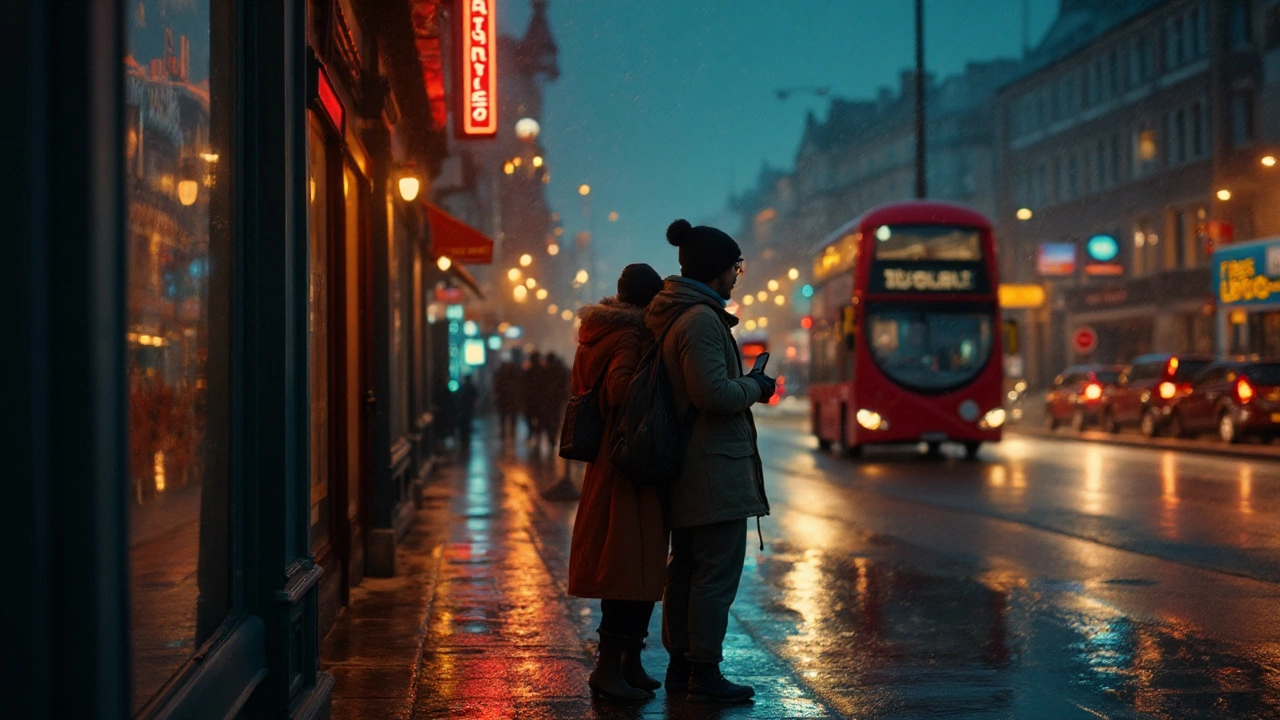Smartphones are in almost every pocket, so it makes sense to treat the camera as a real tool, not a toy. Whether you’re snapping a quick family dinner or shooting a short vlog, a few easy tweaks can turn a blurry snap into a picture you actually want to share.
Not all phones are created equal. Look for a sensor size of at least 1/2.55" – bigger sensors capture more light and reduce noise. A lens with an f/1.8 aperture or lower is also a plus; it lets more light in, which means clearer shots in low‑light. If you can, pick a model that offers optical image stabilization (OIS). OIS steadies the sensor, so you get sharper images even when your hand shakes.
Don’t forget about software. Some manufacturers pack AI scene detection that automatically adjusts exposure, contrast, and colour balance. While AI can be helpful, it sometimes over‑processes. Having a phone that lets you switch to a “Pro” or “Manual” mode gives you full control over ISO, shutter speed, and focus.
1. **Clean the lens** – It sounds obvious, but a fingerprint can ruin an otherwise perfect shot. Use a microfiber cloth before you shoot.
2. **Tap to focus** – Almost every phone lets you tap the screen where you want the focus to land. Do it, then slide your finger up or down to adjust exposure.
3. **Use the grid lines** – Turn on the rule‑of‑thirds grid in your camera settings. Aligning key elements along the lines makes the composition feel balanced.
4. **Mind the lighting** – Natural light is your friend. Shoot near windows or outdoors during the golden hour (just after sunrise or before sunset). If you’re indoors, avoid harsh overhead lights; they cast unflattering shadows.
5. **Stabilize yourself** – If you don’t have a tripod, brace your elbows against a solid surface, or hold the phone with both hands. Even a small movement can blur a photo taken at slower shutter speeds.
6. **Experiment with HDR** – High Dynamic Range merges multiple exposures to capture detail in both bright and dark areas. Use it for landscapes or backlit subjects, but turn it off for fast action to avoid ghosting.
7. **Try external lenses** – Clip‑on wide‑angle or macro lenses are cheap and can dramatically change the perspective. Just make sure they’re rated for your phone’s camera size.
8. **Edit smartly** – A quick adjustment in brightness, contrast, and saturation can bring out details hidden in a raw snap. Most phones have built‑in editors; they’re fine for everyday tweaks.
9. **Shoot in RAW if you can** – RAW files retain all the sensor data, giving you more latitude when you edit later. The trade‑off is larger file sizes, so use it for important shots.
10. **Practice** – The more you shoot, the better you’ll understand how your phone handles different scenes. Play with low‑light, motion, and portrait modes to see what works best.
By keeping the lens clean, using manual focus, and paying attention to light, you’ll see an instant jump in quality. Combine those habits with a solid phone that has a good sensor and OIS, and you’ll be ready for anything from a spontaneous selfie to a mini‑documentary.
Remember, a great photo isn’t about having the most expensive gear; it’s about mastering the tool you already have. Pick a phone that fits your budget, learn the basics above, and you’ll be amazed at the results.

Do phones have night vision? Learn how night mode works, what true night vision is, and how to get better low‑light shots or use a phone as a simple night camera.